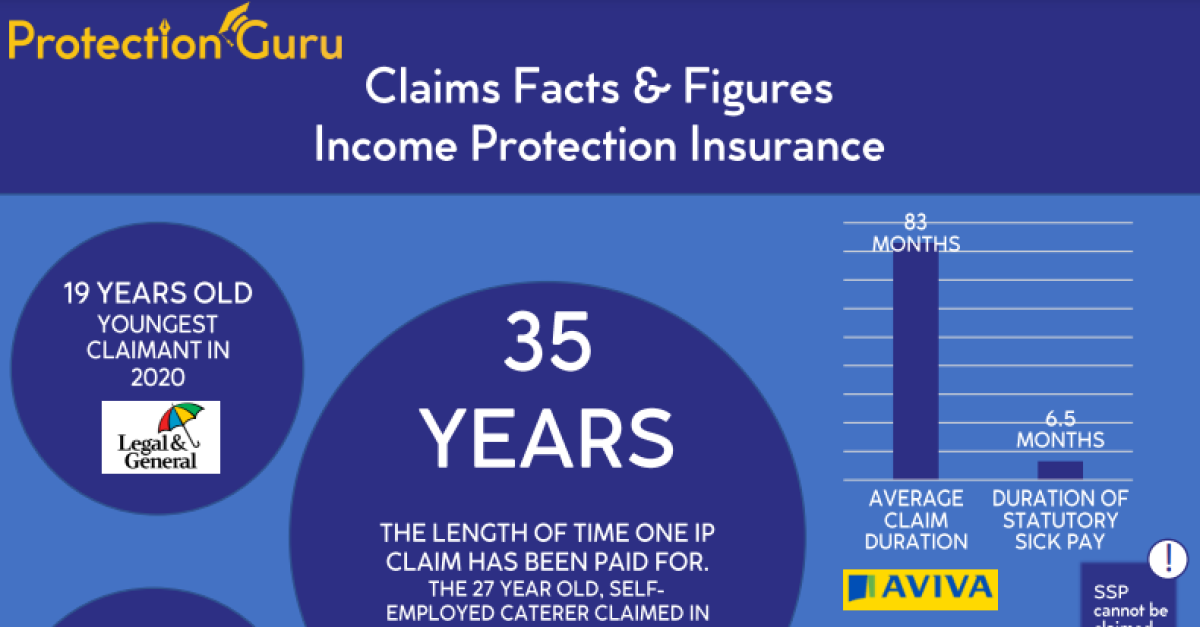
Why wealth advisers can’t ignore protection post-Consumer Duty

Wealth advisers who focus on managing and growing assets do a great job in ensuring clients are making the most of what they have in a tax-efficient way. They may assume building sufficient wealth to support a client’s lifestyle is enough to create financial resilience.
But could a client continue to maintain their lifestyle if they were unable to work through illness or accident? How long would a client’s wealth last if they had to live on it, with no income to top up pensions and investments?
This is where protection policies can make a difference.
Challenging assumptions
In focusing on what they do well, wealth advisers may feel there is no need to talk to clients about income protection, critical illness cover and so on. After all, they are used to allowing for unpredictable factors like stockmarket falls and legislation or tax changes when building portfolios for clients.
However, if clients are still working and are using their income to either fund their current lifestyle and/or build up their wealth for the future, they will feel the impact of losing that income.
Nobody wants to think about the possibility of being unable to work due to illness or accident but, like stockmarket falls and rule changes, this can put a spanner in the works when everything has been ticking along nicely.
Having a protection policy that can kick in at this point gives even high-earning clients something to fall back on, so they don’t need to live on savings and investments earmarked for other purposes.
“Wealth advisers always perceive clients who are investing as wealthy enough that they don’t need protection when it’s actually the opposite,” says The Protection Coach director Matthew Chapman. “Imagine a client with £1m in the bank – if they had to stop work, what would happen? They would eat into all of it within 15 years.”
In running down a large pot of money, they would also miss out on the cumulative effect of compound interest. So, the cost of not having protection in place could be greater than clients realise.
One of the reasons protection may not be on the radar for wealth advisers is that it has become less economically viable to service less wealthy clients whose need for protection may be more obvious.
So, if client banks comprise older, wealthier clients assumed not to need protection, protection becomes something advisers do not discuss.
But given their responsibilities under Consumer Duty, conversations with clients need to happen to establish whether there is a protection need.
Responsibilities
Under Consumer Duty, firms dealing with consumers in retail financial services need to ‘avoid causing foreseeable harm’, be mindful of clients in vulnerable circumstances and support clients to achieve their financial objectives.
Consumer Duty Alliance chief executive Keith Richards points out the Consumer Duty focuses on outcomes rather than rules. This means wealth advisers need to consider all client needs and how the risks clients face in life could be mitigated.
“The key word is responsibility,” says Richards. “If you don’t talk about protection and a life risk occurs, that can impact the family.” Failure to mitigate that risk is a key aspect, as it could leave clients in vulnerable circumstances.
“Vulnerability was mentioned circa 160 times in the final Financial Conduct Authority rules on Consumer Duty,” says Richards.
“It relates not just to vulnerable people – we’re identifying clients who might need help because of life events. So, we’re talking less about vulnerable clients and more about clients in vulnerable circumstances.”
Richards feels advisers can play a central role in mitigation against vulnerable circumstances in which it would impact families if the client was not protected. But do wealth advisers have the appropriate skills?
Meeting the need
By talking about protection, wealth advisers can make a big difference to clients’ financial wellbeing.
“Advisers play a critical role in helping consumers understand the sort of risks they would never come to understand without expert guidance on protection,” says Richards.
However, if advisers don’t deal with protection regularly, they may have some reservations about writing protection business themselves.
“Some wealth advisers do it so rarely, they haven’t written protection for several years,” says TFA Trusted Financial Advice mortgage and protection director Charly Higman.
“You could argue they are not competent in this area because the protection world has moved on. The products are different now compared with years ago.”
An example of that is the growth in importance of value-added benefits. “These were previously seen as a bit of a gimmick and now they are a big part of recommendations,” says Higman.
Take GP services, a value-added benefit available on some protection products. These will be of tremendous value to clients and their families if they struggle to get an appointment at their local GP surgery.
“If one product has a GP service and a comparable one hasn’t, advisers would be remiss in not telling clients about it,” says Higman. “But wealth advisers don’t always know about all this.”
According to Higman, the way wealth advisers can get around a lack of familiarity with the protection market is a robust sales process and using services such as Protection Guru Pro (PGP).
“Recommending protection used to be relatively simple,” says Higman. “Now, among other things, we ask clients whether the quality of the plan is important to them. We look at payment definitions, how much a plan will pay and whether added-value benefits are included. I can’t judge that without a service like PGP to tell me.”
Hiring a protection specialist – whether internally or an external specialist – who knows the territory well is Higman’s preference.
“One of the benefits of this approach is sourcing cover for those who have pre-existing conditions or who take part in hazardous pursuits,” she says. “The usual providers won’t always insure non-standard risk applications, so what do you do with them?”
Protection specialists know where to obtain products designed for people who are higher risk or use providers who don’t underwrite their cover. Sometimes referring to firms like Cura, which specialises in sourcing protection for clients that insurers see as high risk or non-standard, is the best option.
“Importantly, we make sure our client is not bereft of cover,” says Higman. “I want to know we’ve exhausted every possibility to get them protection.”

















